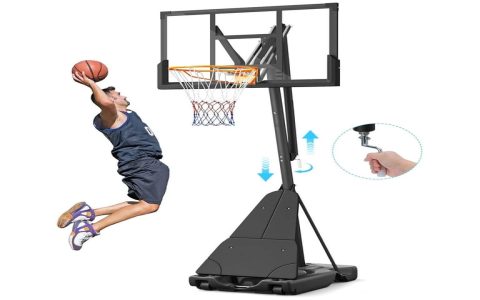The Universal Height Standard
The regulation height for a basketball hoop in the NBA, and all professional, collegiate (NCAA), and high school (NFHS) basketball played under international rules, is 10 feet (3.05 meters) from the playing surface to the top of the rim. This measurement is absolute and consistently applied.
Origin and Consistency
Established by Dr. James Naismith in 1891 using a peach basket, the 10-foot height was standardized early in the sport's development. Despite significant advancements in athlete size, jumping ability, and dunking prowess, the NBA and all major governing bodies have never altered this fundamental dimension since formal standardization.
Scientific Rationale
This height creates an optimal challenge:

- Balanced Offense/Defense: It provides a reasonable difficulty level for scoring while allowing tall defenders a chance to contest shots near the rim.
- Player Proportions: The height aligns with the vertical reach potential of most players relative to their average height and jumping ability.
- Shot Arc Physics: It necessitates a reasonable shooting arc for field goals to succeed, influencing shooting form and accuracy.
Common Misconceptions Addressed
- "Hoops are higher in the NBA": False. NBA, NCAA, WNBA, FIBA, and NFHS courts all use identical 10-foot hoops.
- "Dunks led to higher rims": While dunking frequency has increased dramatically due to athletic evolution, the rim height has never been raised in official play.
- "Adjustable for different levels": While youth leagues (e.g., ages 7-8 may use 8 feet) lower hoops to aid skill development, all competitive levels for adolescents and adults use 10 feet.
- "Metric Conversion is Approximate": False. The exact metric equivalent is universally recognized as 3.05 meters, not rounded down to 3 meters.
Precision measurement is paramount; deviations compromise the integrity of the game. The 10-foot height remains a cornerstone of basketball's challenge and skill requirements.








